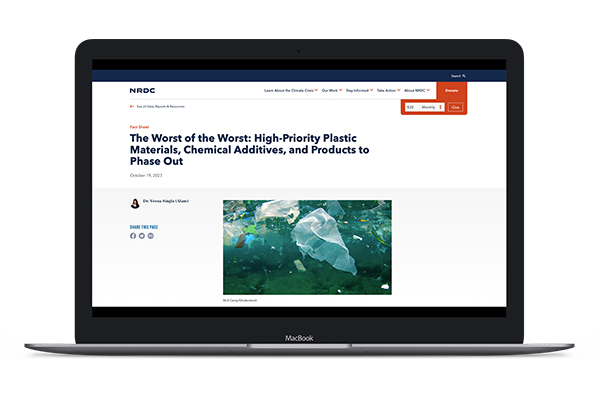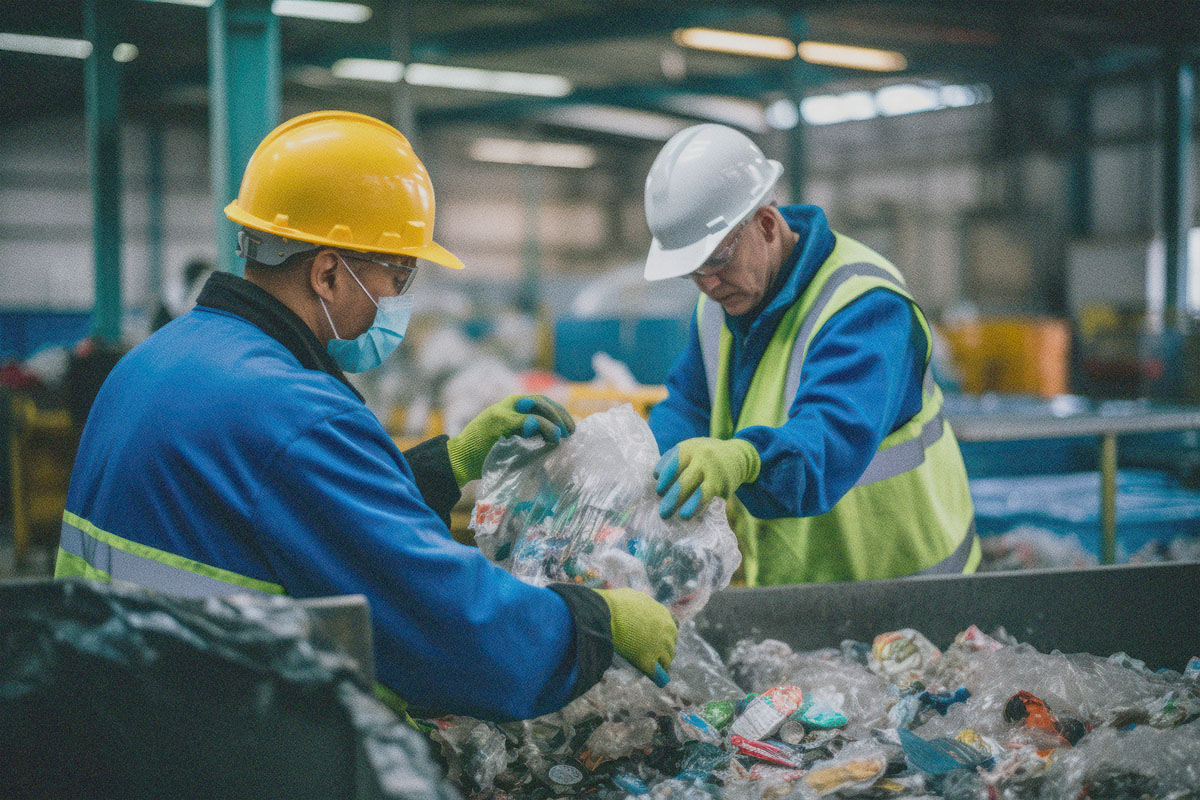 READ HABITABLE’S NEW REPORT
READ HABITABLE’S NEW REPORT
Plastic pollution and climate change are interconnected threats that drive global social injustice, with the construction industry being a significant contributor due to its prolific use of plastics.
Recently, efforts to recycle or downcycle plastics into building materials have accelerated, leading to incorporation of plastic waste into materials such as composite asphalt-plastic roads, plastic adhesives, and plastic-concrete. However, research suggests these practices may exacerbate environmental, health, and social problems, acting as “greenwashing” that distracts from real solutions. This mini review evaluates the impacts of using plastic waste in construction materials and calls for caution and further research before widespread adoption. Read the full review to explore the evidence and recommendations in detail.

A new report reveals that low-income countries, despite using less plastic, face lifetime plastic costs that are ten times higher than those of wealthier nations.
This disparity highlights the structural inequities within the plastics value chain, where the burdens of plastic pollution fall disproportionately on those least equipped to address them, exacerbating the crisis. WWF urges all governments to adopt a treaty with harmonized, binding global rules to eliminate these inequities in our current take, make, and waste plastics system. Such a treaty is essential to ensure a fair and effective global response to plastic pollution.

The American Chemistry Council promotes chemical recycling as a solution to plastic waste but this article highlights concerns raised by environmentalists about its efficacy and environmental impact, as well as the lobbying efforts to reclassify it as manufacturing in 24 states.

This article provides an overview of the global plastic waste crisis, highlighting the environmental impact of plastic pollution and the ongoing efforts by the UN to create a legally binding international agreement to address the issue.
This fact sheet highlights the urgent need to phase out the production and use of high-priority plastic polymers, chemical additives, and products that pose significant hazards to human health and the environment, in order to address the global plastics crisis.


This fact sheet provides an overview over plastic pollution at each life stage: from resource extraction all the way to removal and remediation.
This video describes why plastic ends up in the environment and the solutions needed to disrupt the unsustainable use of plastic by holding manufacturers accountable for the products they make.

This report discusses how President Biden’s Executive Orders need to go further than examining energy sources to combat the climate crisis, emphasizing the need for the chemical industry to adapt and innovate, considering its significant impact on greenhouse gas emissions and environmental health.

Health Care Without Harm Europe advocates for the complete elimination of PVC due to its environmental impact, urging policymakers to develop a strategy for its phase-out in Europe.
Have you ever seen a building product advertise that it contains recycled content and wondered what that material actually was and where it came from? We certainly have. Many building products advertise recycled content, but most often the identity and chemical makeup of the recycled material are not shared.
Using products that contain recycled content can be a great way to reduce environmental impacts and support a circular economy by keeping still-useful materials out of landfills and avoiding the impacts of manufacturing virgin materials. Unfortunately, some recycled materials contain toxic chemicals that come along for the ride when incorporated into new products. For example, 2015 testing of a range of vinyl floors found high levels of toxic lead and cadmium from recycled content in the inner layers of the floors.1
Defining recycled content
Recycled content is broadly broken down into pre-consumer and post-consumer materials. As defined by the U.S. Green Building Council2 :
- Post-consumer material is “waste material generated by households or by commercial, industrial, and institutional facilities in their role as end-users of the product, which can no longer be used for its intended purpose.” Some examples of post-consumer recycled material include glass bottles or vehicle tires.
- Pre-consumer material is “material diverted from the waste stream during the manufacturing process.” This definition excludes reuse of scrap materials back into the same process. Some examples of pre-consumer recycled material include treated waste from coal fired power plants (such as fly ash used in carpets or FGD gypsum used in drywall) or waste wood fiber from a sawmill used in composite wood like medium density fiberboard (MDF).

Ensuring safer recycled materials
While some recycled feedstocks, such as sawdust and glass containers, can be safely recycled into new products, others contain legacy contaminants that can lead to toxic exposures when used in new products. To address the potential for toxic re-exposures from recycled materials, HBN worked with green building standards such as LEED and Enterprise Green Communities to include credits that consider not just if a product contains recycled content, but also what that content is and if it has been screened for potential hazards.
Enterprise Green Communities Criterion 6.2, Recycled Content and Ingredient Transparency, acknowledges that the need for content transparency applies to recycled content as well as virgin materials. It calls for using products that contain post-consumer recycled content where the origin of the recycled content is publicly disclosed along with information on how the recycled content is screened for or otherwise avoids heavy metals.
Mind the data gap
Product manufacturers may not always have detailed content information available for the recycled materials they use. Supply chain tracking and internal screening requirements can help manufacturers ensure that the recycled materials they incorporate into new products don’t bring along hazardous contaminants.
Building a Sustainable Future
Removing toxic chemicals from new products makes a commercial afterlife possible, supports a safe and circular economy, and minimizes negative human health impacts. Using materials that are recoverable at the end of their life and building infrastructure to reuse or recycle them will lessen future impacts. Fully and transparently documenting product contents now also supports future recycling by identifying materials that may later be determined to be toxic.
As a building material specifier, the next time you consider a product with recycled content, make sure to ask the manufacturer for full transparency of product content, including where that recycled content came from.

Together we can reduce human exposure and work towards a safe and circular economy.
SOURCES
- Vallette, Jim. “Post-Consumer Polyvinyl Chloride in Building Products.” Healthy Building Network, 2015. https://habitablefuture.org/wp-content/uploads/2024/03/90-post-consumer-polyvinyl-chloride-pvc-report.pdf.
- USGBC. “Building Product Disclosure and Optimization – Material Ingredients.” U.S. Green Building Council. Accessed January 27, 2021. https://www.usgbc.org/credits/new-construction-core-and-shell-schools-new-construction-retail-new-construction-healthca-24.

 Pollution
Pollution Equity
Equity Climate Change
Climate Change